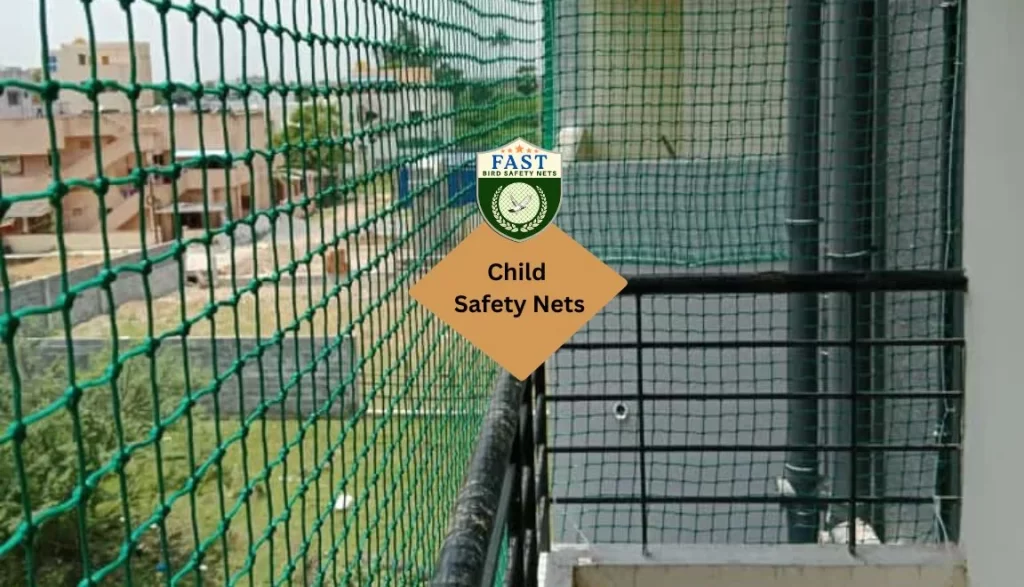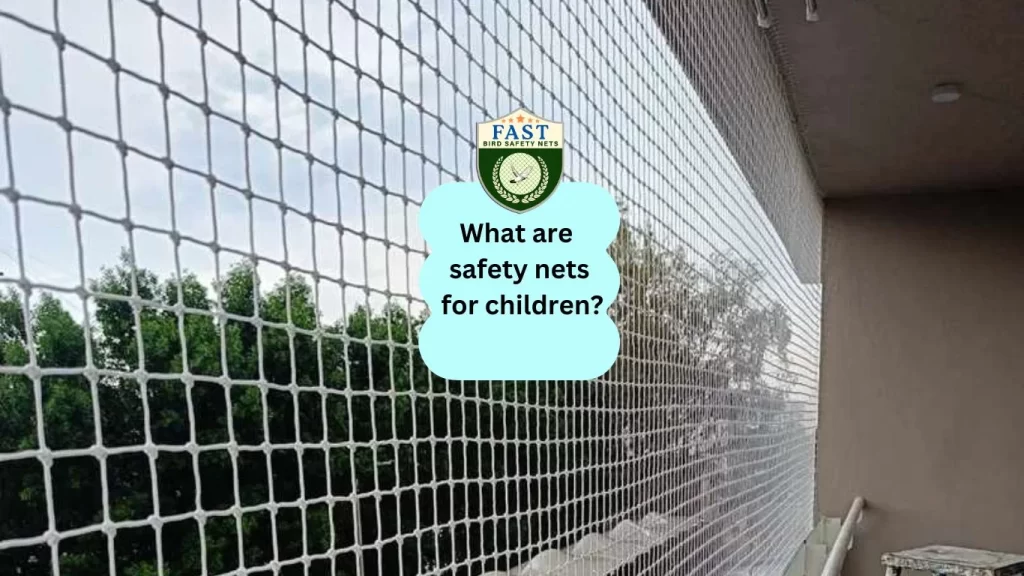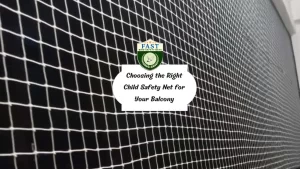Safety nets for children are essential tools designed to provide protection and prevent accidents in various settings. Here’s an overview of what safety net for children are and their significance:

Importance of Safety Nets:
- Fall Protection: Safety nets act as a barrier to prevent children from falling off elevated surfaces such as balconies, windows, or stairs, reducing the risk of serious injuries.
- Playground Safety: Safety nets installed in playgrounds offer cushioning in case of falls from equipment like slides, swings, or climbing structures, ensuring a safer play environment for children.
- Pool Safety: Nets around swimming pools serve as a barrier to prevent children from accessing the water unsupervised, reducing the risk of drowning accidents.
- Bed Safety: Bed nets provide protection against falls for children sleeping on elevated beds or bunk beds, minimizing the risk of injuries during sleep.
Types of Safety Nets:
- Window and Balcony Nets: These nets are installed around windows and balconies to prevent children from accessing dangerous areas and falling from heights.
- Playground Safety Nets: These nets are integrated into playground equipment or installed beneath play structures to cushion falls and prevent injuries.
- Pool Safety Nets: Pool nets are installed over swimming pools to create a barrier and prevent unauthorized access, particularly for young children who may wander near the water unsupervised.
Conclusion:
Children Safety Nets play a crucial role in ensuring their well-being and preventing accidents in various environments. Whether it’s protecting against falls from heights, cushioning playground impacts, or creating barriers around pools and elevated beds, safety nets provide essential protection for children’s safety. Investing in the right type of safety net for your specific needs can help create a safer environment for children to play, learn, and grow.






